- 9890288011/9403407269
- connect@forrest-india.org
- Pune, India
Goal of FORREST’s ecological assessment is to assess and understand the structure and functions of an ecosystem to develop conservation action plan, for better conservation management.
For an Ecological Assessment (EA) ecological indicators would be-
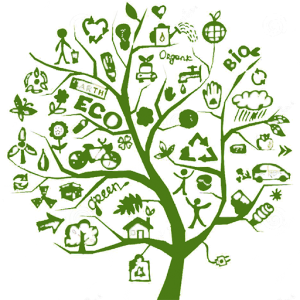
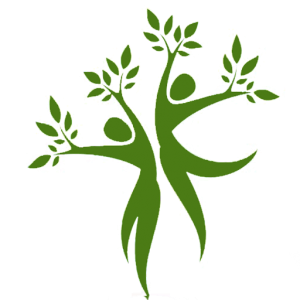
Biodiversity assessment (BDA) pertains to the documentation of flora and fauna of the area. Inventories are with respect to specie’s habit, habitat and characteristics.
BDA is important for conservation planning.
Biodiversity Assessment (BA) can be exhaustive or in-exhaustive.
In-exhaustive biodiversity assessment can be called as Rapid Biodiversity Assessment (RBA).
RBA is provided when data is required for planning and management in a given short time frame.
Detailed of exhaustive BA is season wise assessment of the area, observing, identifying and documenting species and ecological processes .
Systematic conservation planning approach is effective for conserving biological diversity.
Ecological planning involves following measures –
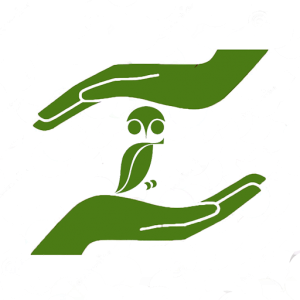

The Miyawaki method of afforestation involves planting native trees, to restore degraded land to forest. Miyawaki technique advocates densely mixed planting of trees that match natural forest systems. In Miyawaki technique, forest replicates the density and diversity of original local forest of the area. Creating forest involves layered plantation mix of canopy, sub-canopy, small trees, shrubs, herbs, and climbers. Unlike plantation created Miyawaki forests restores biodiversity and provide ecosystem services. We employ organic principals for growing and maintaining the trees.
Creating forest can be employed for
We work for generating consciousness & responsibility of the waste generation and management in the individuals of the target group. We work with every participant of the group one to one, for bringing attitudinal change towards waste management.
Environmental awareness, exposure to current scenario of waste, sensitization of target groups towards problems of waste disposal & capacity building for the solutions.
Each project is journey of making the individuals as part of waste management solution rather than “part of problem” by empowering them.
Main objective is to bring the perspective of “Our waste, Our Responsibility”, in the people.
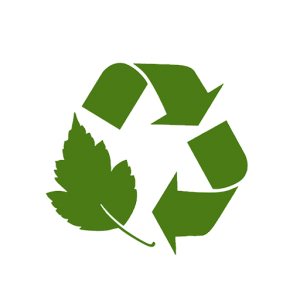

Our commitment towards water conservation steers us to work on Rain Water harvesting in rural and urban areas.It focuses on water sustainability throughout the year by making rainwater recharging structures.
Rainwater harvesting structures have the objectives of –
For construction of the structures, natural materials are used which harmonize with the natural environment. While making structures, ecology of the site is not disturbed.
Environmental data can be represented in various interactive ways to inform, educate & motivate.
Biodiversity data is used to create-
with each having their unique nature and capacity to reach to the audience, effectively.
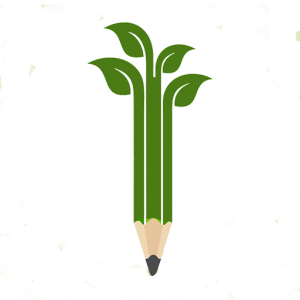

Environmental awareness implies not only being knowledgeable about the environment, but also being acquainted with sets of values, attitudes and skills for addressing environment related problems.
We conduct such sessions on field-forest or grasslands. Sessions on field give a real perspective to the learners. Experts accompany students on the visits.
We also use performing arts as a medium to generate environmental awareness. Through skits, poetries and story sessions we expose them to different environmental problems & their different dimensions.
We integrate forest with farming for diversification of farm produce, increasing farm sustainability and for environmental resilience in the wake of climate change. Such land management benefits both ecologically and economically to farmers. It provides food, fuel, fodder and marketable commodities like fiber crops, medicines, resins, gums,and fruit in a natural system while providing soil holding capacity, maintaining soil nutrition, natural pest management, increased water table, providing cool micro-climate with shade, moisture, humidity and exhibiting tremendous biodiversity.
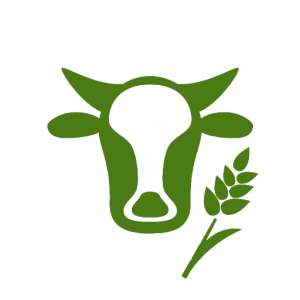

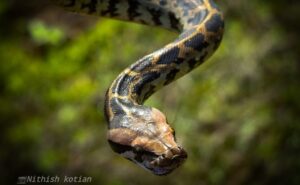
We plan to restore a forest of 20000 trees in the monsoon of July 2021! And we need your help to do that! Contribute saplings in Vruksh Khosh or donate Rs. 50 per sapling.